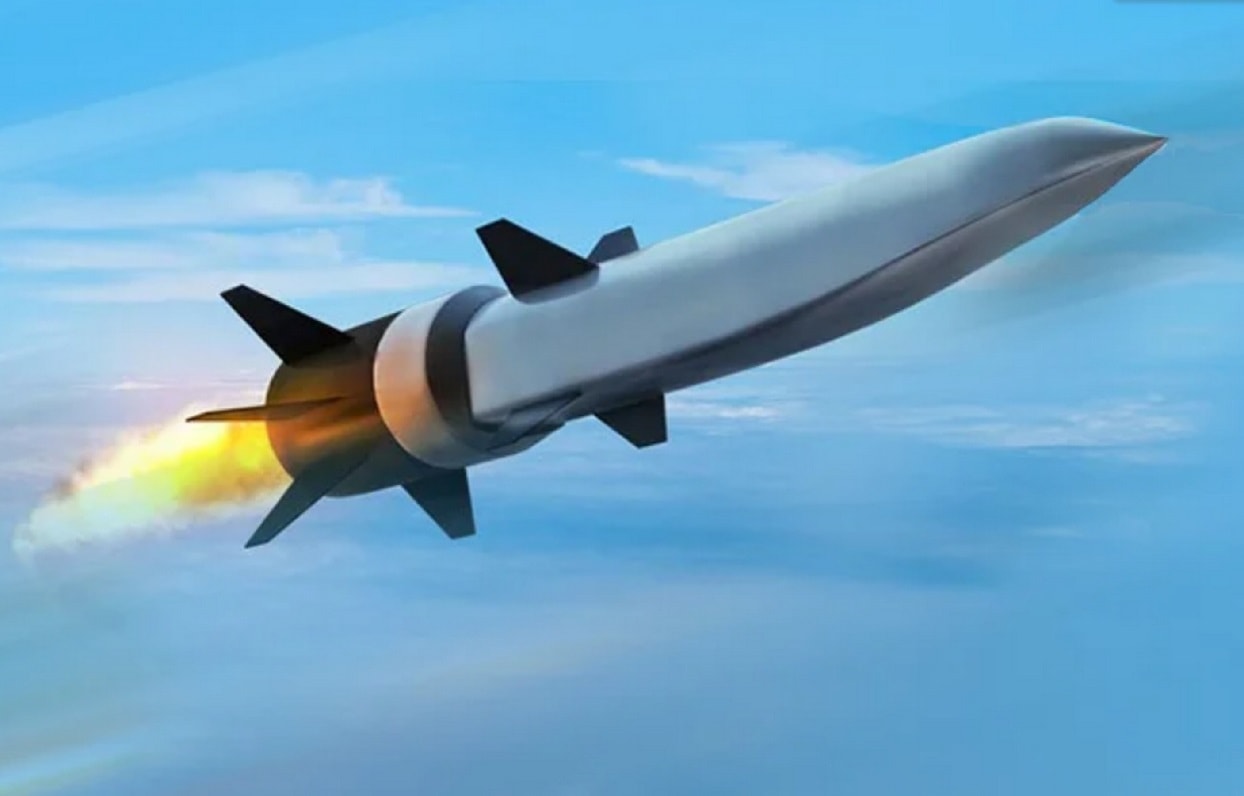Russia has conducted multiple tests of its 3M22 Tsirkon (Zircon) hypersonic missile and has announced plans to deploy the weapon on its warships as well as on mobile launchers next year. If that wasn’t enough for concern, last month, China conducted its own hypersonic missile test – and it appears that the United States is falling behind its near peer adversaries.
This week, Politico quoted a top United States Space Force official who said that the U.S. has “catching up to do very quickly” to match Beijing’s hypersonic capability.
“We’re not as advanced as the Chinese or the Russians in terms of hypersonic programs,” Gen. David Thompson, vice chief of space operations, said during an appearance at the Halifax International Security Forum on Saturday.
The Department of Defense (DoD) has pushed forward with the development of new hypersonic missiles, yet the U.S. Army isn’t slated to field its first such weapon until 2024 at the earliest, while the U.S. Navy could be even further behind. It is now on track to deploy a hypersonic weapon on a destroyer in 2025, and could have the weapons on its Virginia-class submarines by 2028.
“It should be no surprise to anyone that China is developing capabilities that would be viewed negatively by like-minded allies and partners,” Adm. John Aquilino, head of U.S. Indo-Pacific Command, also told reporters at Saturday’s forum.
Other experts have suggested the situation could be far more severe, especially as Chinese leader Xi Jinping has called for its military to reach parity with the United States by 2027, and to become the leading global super power by the middle of this century.
“China’s unexpected ability to develop a hypersonic missile with inbuilt countermeasures creates a fresh challenge to the U.S. technological superiority,” said William Davies, associate analyst at data and analytics firm GlobalData. “While it is unclear why China has been experimenting with this technology, the Pentagon speculates that this could defeat existing U.S. missile defense systems.”
Davies explained via an email that China’s hypersonic missile was already a significant concern to the U.S. due to its potential to pass the South Pole and evade the U.S. current missile defense system, which is primarily pointed towards Northern regions.
“This development raises concerns that even advanced U.S. missile defense systems may struggle against Chinese hypersonic advances,” Davies added.
Currently, the U.S. Space Force is developing ways that the hypersonic missiles could be tracked, including by a satellite constellation, but as important would be the efforts for the United States to develop and deploy its own weapons. Sometimes the best defense remains having a powerful offense.
“Hypersonics have the potential to change the strategic balance. The speed and trajectory of these missiles means that adversaries will have little warning when they are launched. Further, their potential to evade existing missile defenses will spur increased Pentagon funding for these systems.”
Peter Suciu is a Michigan-based writer who has contributed to more than four dozen magazines, newspapers and websites. He regularly writes about military small arms, and is the author of several books on military headgear including A Gallery of Military Headdress, which is available on Amazon.com.

